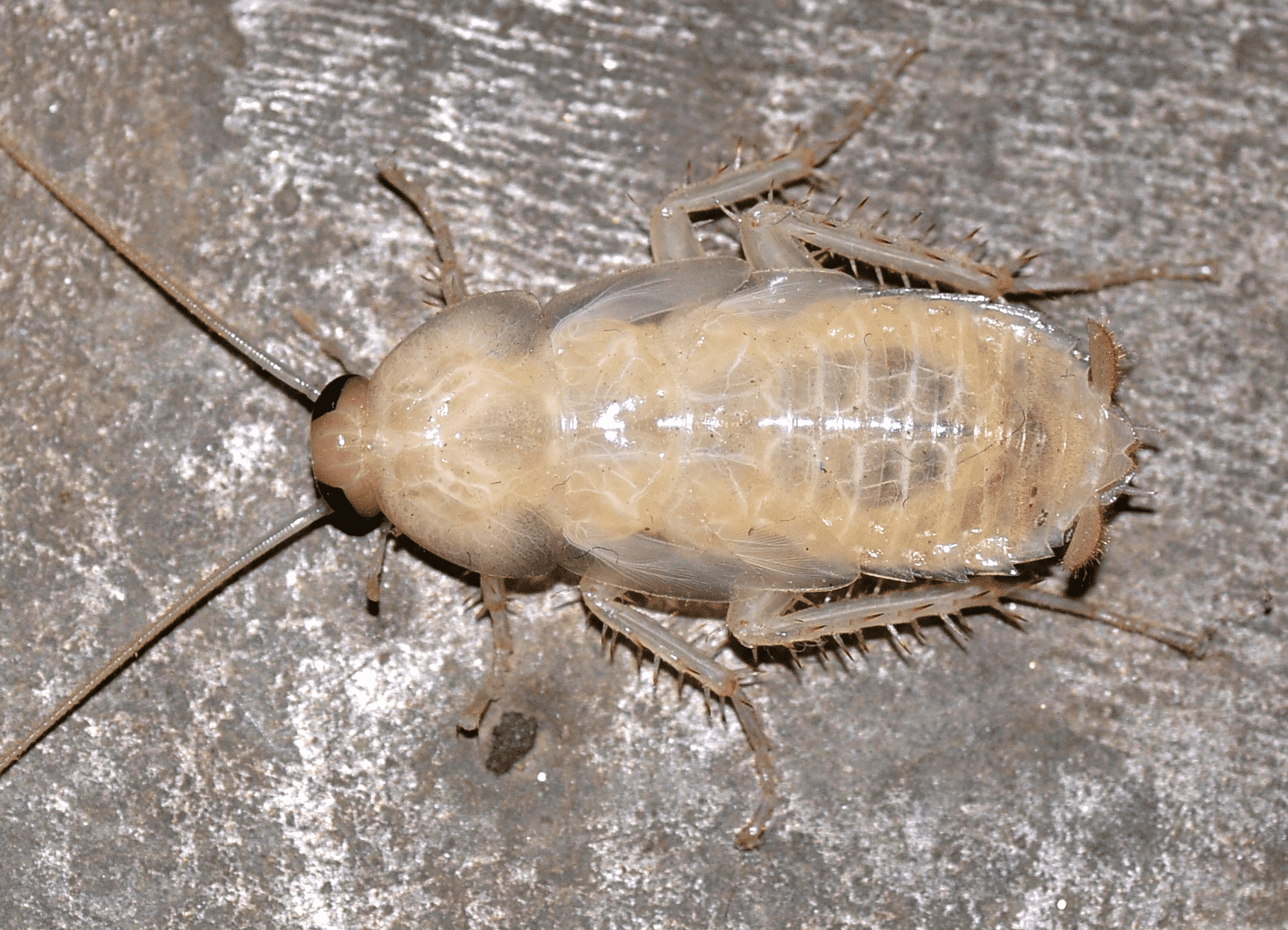Last week, a homeowner called our office panicked about finding a “rare albino roach” in their kitchen. After working in pest control for four years as a registered technician, I’ve heard this concern many times. Our family business has been serving the DMV area for over 50 years, and these calls about white or pale roaches happen more often than you’d think.
The good news? What you’re seeing isn’t actually an albino roach at all. There’s a simple explanation for why some roaches appear completely white, and understanding it can help you address the real issue in your home.
What to Do When You See a White Cockroach: The Albino Roach Myth Debunked
Here’s the truth: no documented albinism has ever been found in cockroaches. Every single “albino roach” that homeowners spot is actually an ordinary cockroach that has just finished molting.
Real albinism would make a roach’s exoskeleton too weak to survive. The pigments that give roaches their brown color also provide the hardness they need to protect their bodies. Without these pigments, an albino roach would basically collapse under its own weight.
Additionally, scientists have studied thousands of cockroach species over decades. Not one case of true albinism has been documented in any cockroach population worldwide.
Why Roaches Appear White: Molting Biology Explained
The Molting Process in Cockroaches
Cockroaches grow by shedding their outer shell in a process called molting or ecdysis. Most domestic species complete 5-13 molts over their lifetime, depending on the species and environmental conditions.
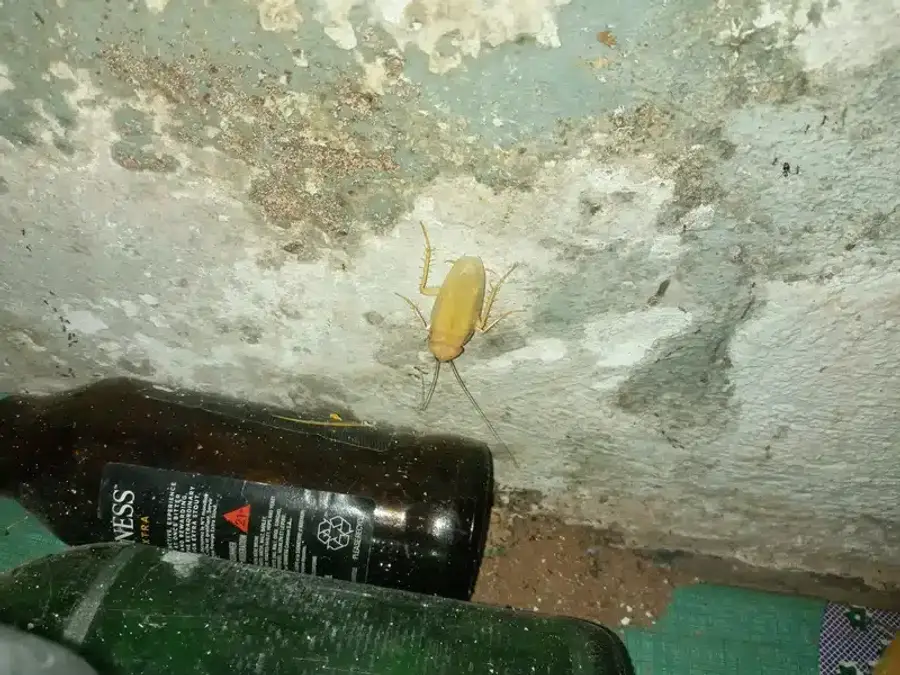
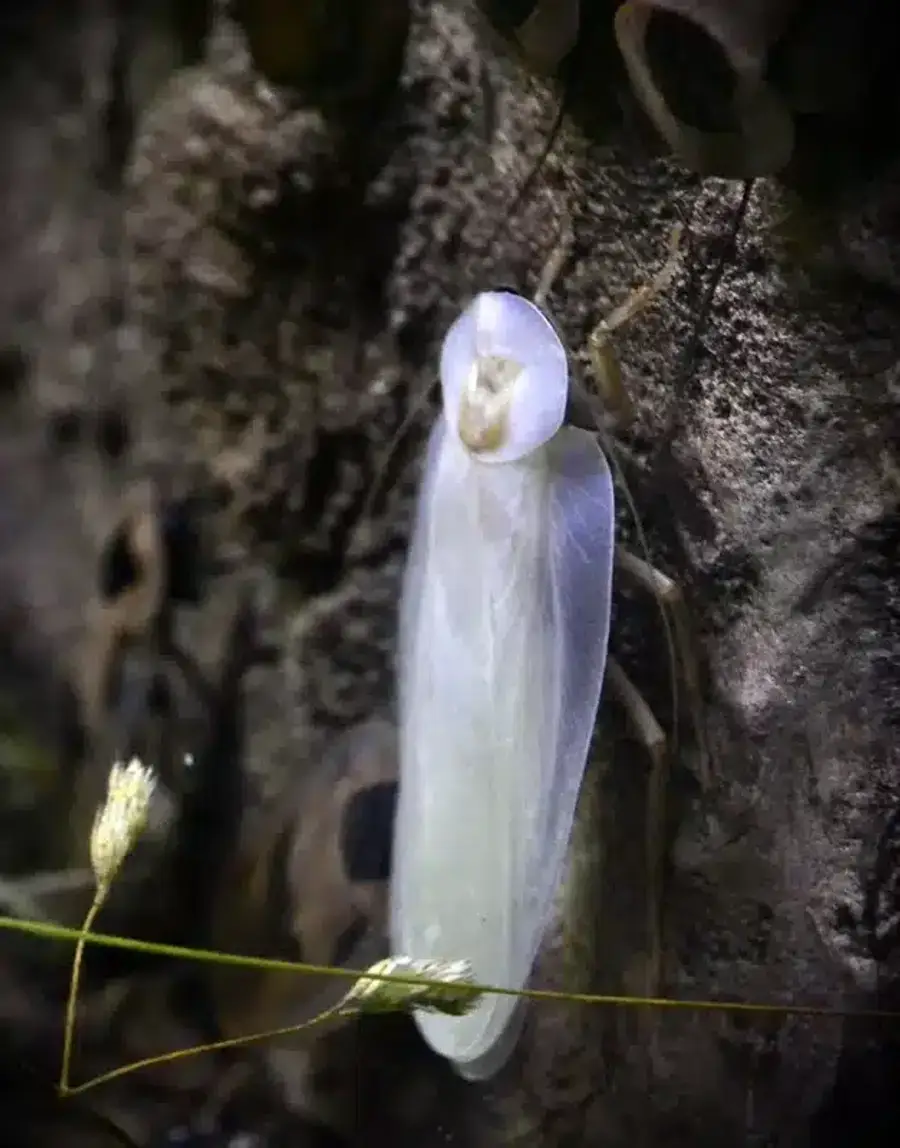
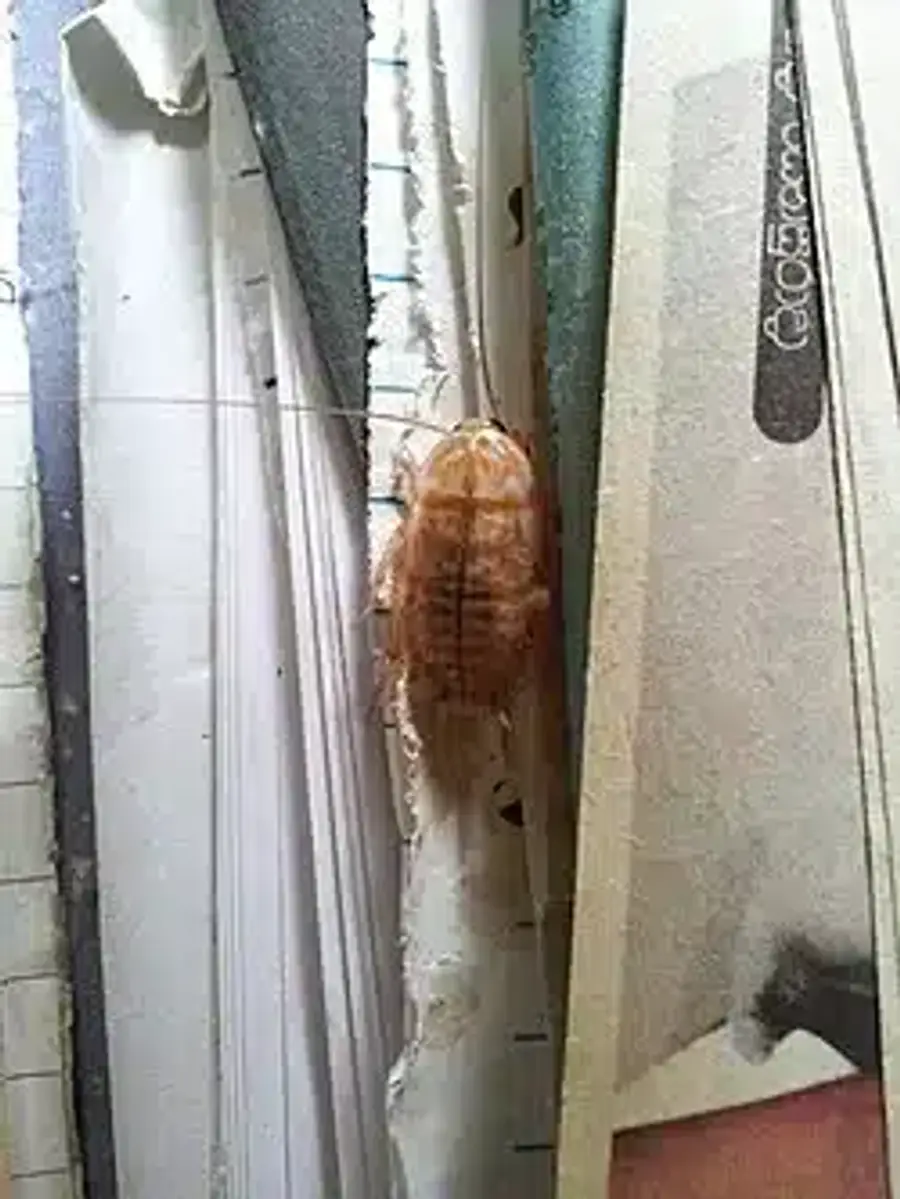
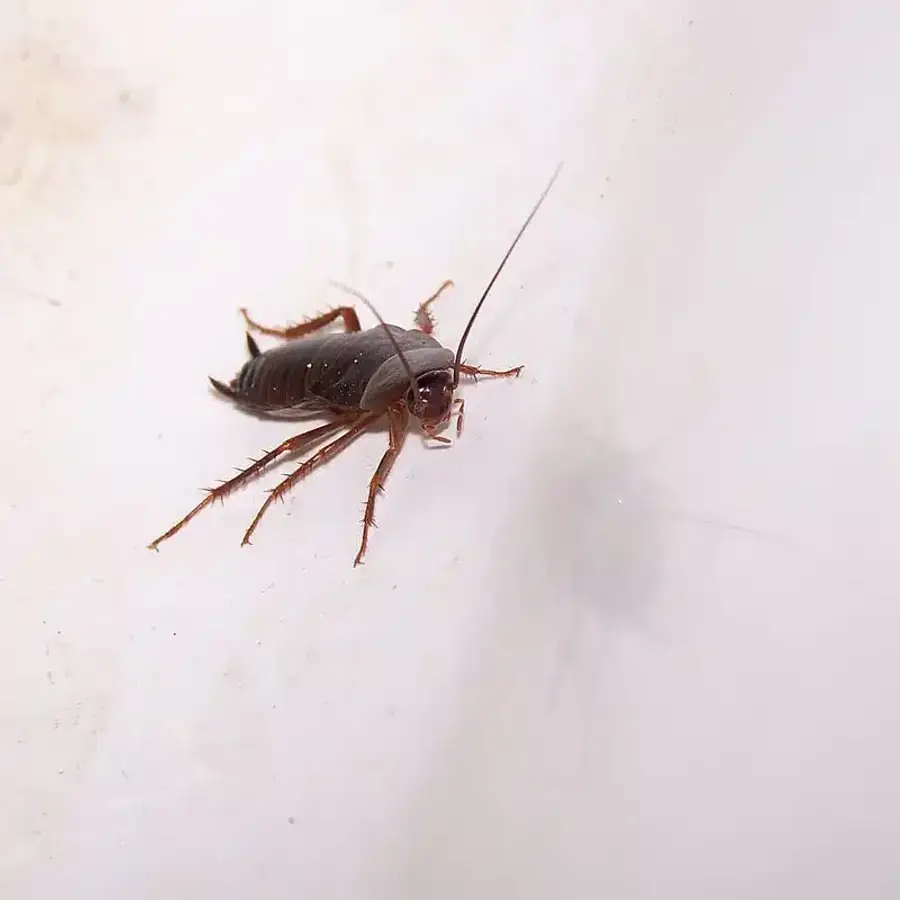
During molting, hormones trigger the roach to shed its old exoskeleton. This process is carefully timed and controlled by the insect’s biology. The roach becomes vulnerable during this time because it’s essentially naked until its new shell hardens.
Basically, the albino roach appearance happens because the new exoskeleton starts out completely colorless and soft.
Cuticle Hardening and Sclerotization
After a roach sheds its old shell, the new one needs time to harden and darken. This happens through a chemical process where compounds like tyrosine transform into darker pigments that also strengthen the exoskeleton.
The white phase typically lasts just a few minutes in small nymphs but can extend to several hours in larger roaches. Because roaches hide when they’re vulnerable, most people never see this stage.
Infestation Alert
If you spot an albino roach, it means the infestation is well-established enough that roaches feel comfortable molting in your home.
Mid-Atlantic Roach Species and Their White Phase
German Roach (Blattella germanica)
German roaches are the most common indoor species in our area. They’re about half the size of your thumb with two dark stripes behind their heads. These roaches molt 5-6 times and prefer kitchens and bathrooms.
Because German roaches reproduce quickly, you’re more likely to see their white molting stage. A thriving German roach population consists of about 80% nymphs, which means constant molting activity.
Oriental Roach (Blatta orientalis)
Oriental roaches are larger, thumb-sized insects often called “waterbugs.” They prefer cool, moist areas like basements and crawl spaces. When you spot a white Oriental roach, it indicates they’ve found a comfortable breeding area in your home’s lower levels.
American Roach (Periplaneta americana)
American roaches are the largest common indoor species. They complete around 10-13 molts over 6-12 months. Because of their size, their white phase can last several hours, making them more noticeable to homeowners.
Brown-Banded Cockroach (Supella longipalpa)
Brown-banded cockroaches prefer warmer, drier rooms and often glue their egg cases to furniture or ceilings. Their molting pattern differs from other species because they seek out heated areas for this vulnerable process.
Pennsylvania Wood Cockroach (Parcoblatta pennsylvanica)
This outdoor species sometimes wanders indoors, especially during molting periods when they seek protected spaces. Finding a white wood roach inside usually means they’ve entered from nearby woodpiles or vegetation.
Identifying a White Roach vs. Baby Roaches
An albino roach appearance differs from baby German cockroaches in several ways. Newly molted roaches have translucent, soft bodies that appear almost ghost-like. They move slowly and awkwardly because their new exoskeleton hasn’t developed proper rigidity yet.
Baby roaches, on the other hand, have properly hardened exoskeletons appropriate for their size. They’re small but move quickly and have normal coloration for their species. Small roach identification requires looking at body proportions and behavior patterns rather than just color.
Why Seeing an Albino Roach Signals an Active Infestation
Spotting an albino roach is actually a red flag that indicates a serious infestation. Roaches only molt when they feel completely protected from predators and disturbance. This means they’ve established harborage areas where they feel completely comfortable.
Furthermore, the presence of molting roaches suggests the population is actively growing and reproducing. In multi-family housing common throughout the DMV, these populations can quickly spread between units.
The health implications are concerning too. Cockroach allergens from feces and shed skins are major asthma triggers for children in East Coast cities like ours.
Integrated Pest Management for Albino Roach Sightings
Sanitation and Exclusion Tactics
The first step involves eliminating what attracts roaches to your home:
- Remove water sources like leaky sink traps and condensate pans
- Seal foundation penetrations and utility entry points
- Install tight-fitting door sweeps and weatherstripping
- Clean up food debris and store items in sealed containers
These steps make your home less appealing for roaches to establish molting sites.
Monitoring and Diagnostics
Sticky traps placed along wall-floor junctions help identify exactly which species you’re dealing with and where they’re most active. This information guides treatment decisions and helps track progress over time.
Understanding baby roach identification helps distinguish between different life stages and species, which affects treatment timing and methods.
Targeted Chemistry and Baits
Professional treatments focus on products that roaches will encounter during their normal activities:
- Gel baits containing fipronil, indoxacarb, or clothianidin
- Growth regulators that disrupt proper molting
- Rotation of active ingredients to prevent resistance
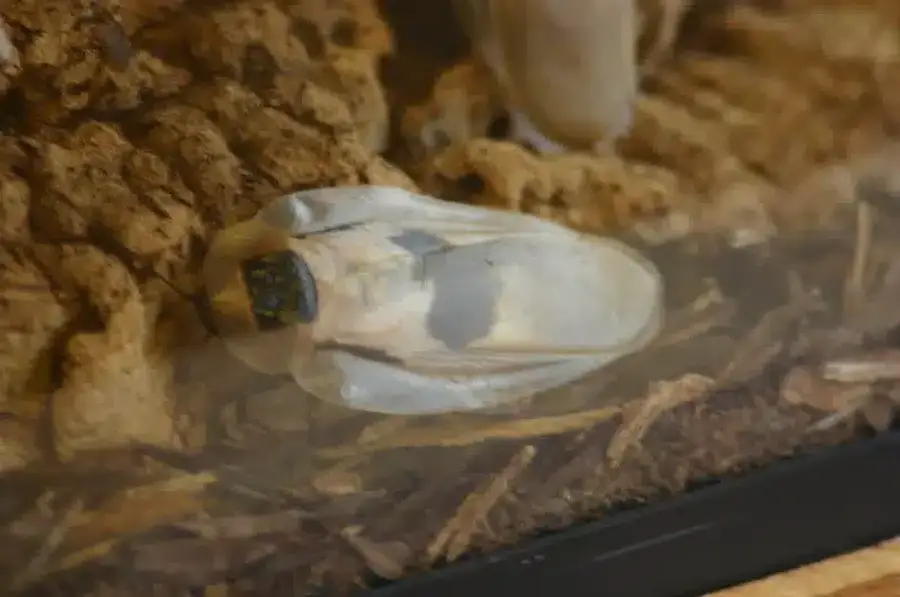

Freshly molted roaches are particularly vulnerable to these treatments because their soft exoskeletons absorb products more readily.
Desiccant Dusts and Alternative Treatments
Boric acid and other desiccant dusts work exceptionally well against molting roaches. The soft, permeable cuticle of an albino roach picks up more dust particles than a normally hardened roach would.
These treatments remain effective even when roach populations develop bait aversion, making them valuable tools in comprehensive control programs.
Advanced and Emerging Treatments
Research into disrupting the molting process itself shows promise. Scientists are developing treatments that interfere with cuticle formation, essentially creating permanently vulnerable “albino roaches” that cannot survive.
However, these advanced treatments aren’t yet available for residential use and require professional application by licensed technicians.
Dealing with White Roaches: DIY vs Professional Treatment Options
Over-the-counter foggers rarely solve roach problems effectively. They primarily kill exposed roaches but miss the hidden populations where molting occurs. Additionally, foggers can scatter roaches to new areas of your home.
Professional integrated pest management addresses the root causes that allow roaches to molt comfortably in your space. Licensed technicians can identify species-specific behaviors and target treatments accordingly.
Pest control costs vary based on infestation severity and treatment complexity. However, professional treatment typically costs less than repeated DIY attempts that fail to solve the underlying problem. Exterminator expenses should be viewed as an investment in your family’s health and home value.
Better Termite & Pest Control’s Approach to Roach Control
Our third-generation family business has developed effective protocols specifically for albino roach sightings and active infestations. We’ve served over 100,000 homes in the DMV area, giving us extensive experience with local roach species and their molting patterns.
Our research team has eliminated 9 harsh chemicals commonly used in our industry, choosing alternatives like Essentria, Sentricon, and Borate-based solutions instead. These products are EPA approved and meet our strict internal standards for residential use.
The Better Promise means you’re never locked into binding contracts and receive unlimited callbacks until your roach problem is completely resolved. If you’re in the Arlington area, our local technicians understand the specific roach challenges in your neighborhood.
Preventing Future Roach Infestations in the DMV Area
Long-term roach control requires ongoing vigilance and professional support. Our seasonal protection plans target the specific pests most active during each time of year, creating year-round barriers against infestation.
Homeowners play a crucial role by maintaining cleanliness, controlling moisture, and reporting any pest activity quickly. Early intervention prevents small problems from becoming major infestations where albino roach sightings become common.
Our “Know We Did” reports keep you informed about exactly what products we used and what we accomplished during each visit, giving you confidence in your ongoing protection.
Frequently Asked Questions About Albino Roaches
Are white roaches actual albino cockroaches?
+
No, white roaches are not actually albino cockroaches. True albinism has never been documented in cockroach species because albino roaches would have exoskeletons too weak to survive. Every white roach you see is actually a normal cockroach that has just finished molting and hasn't developed its full coloration yet.
Why do roaches turn white after molting?
+
Roaches appear white after molting because their new exoskeleton starts out completely colorless and soft. The hardening and darkening process called sclerotization takes time to complete. Chemical reactions transform compounds like tyrosine into darker pigments that also strengthen the new shell, but this process can take several hours in larger roach species.
How long does a roach stay white?
+
The white phase typically lasts just a few minutes in small nymphs but can extend to several hours in larger adult roaches. German roach nymphs may only appear white for 10-15 minutes, while American roaches might remain pale for 3-4 hours. Because roaches hide when vulnerable, most people never witness this temporary stage.
What should I do if I spot a white roach in my home?
+
If you spot an albino roach, contact a licensed pest control professional immediately. This sighting indicates an active, well-established infestation where roaches feel comfortable enough to molt in your home. Don't rely on over-the-counter products, as they rarely address the root causes that allow roach populations to thrive indoors.
Can I use DIY foggers to eliminate white roaches?
+
DIY foggers are not effective against roach infestations, especially when molting is occurring. Foggers only kill exposed roaches but miss the hidden populations where albino roach development happens. Professional integrated pest management addresses harborage areas, breeding sites, and the environmental conditions that support roach populations.
How can I prevent my home from harboring molting roaches?
+
Prevent roach molting by eliminating moisture sources, sealing entry points, and maintaining excellent sanitation. Remove water from leaky pipes, condensate pans, and pet dishes. Seal cracks around foundations and utility penetrations. Store food in sealed containers and clean up crumbs immediately. These steps make your home less suitable for roach reproduction and development.
Do white roaches pose additional health risks?
+
Albino roaches don't pose additional health risks beyond normal roach concerns, but their presence indicates a significant infestation. All cockroach species carry bacteria, allergens, and disease-causing organisms. The allergens from roach feces and shed skins are major asthma triggers, especially problematic for children in urban areas like the DMV region.
What roach species commonly molt indoors?
+
German roaches, Oriental roaches, American roaches, and brown-banded roaches all commonly molt indoors when infestations are established. German roaches are most frequently seen in their white phase because they reproduce quickly and prefer indoor environments. Oriental and American roaches typically molt in basements or crawl spaces, while brown-banded roaches may molt in heated rooms throughout the house. Have questions about roach control or need an estimate for your home? Call us at 703-683-2000 or email info@bettertermite.com to speak with one of our licensed technicians today.
With five years of hands-on experience in the pest control industry, George Schulz is a registered technician with the Virginia Pest Management Association and a proud third-generation professional in a family business that's been protecting homes for over 57 years. He manages and trains a team of service pros while also leading internal research efforts—recently spearheading a deep-dive review of thousands of documents on pest control materials to hand-pick the most kid and pet friendly, most effective solutions tailored specifically for homes in the DC metro area.
